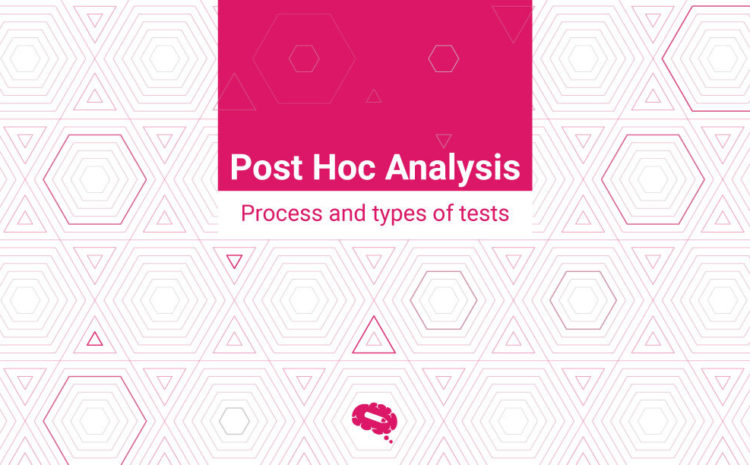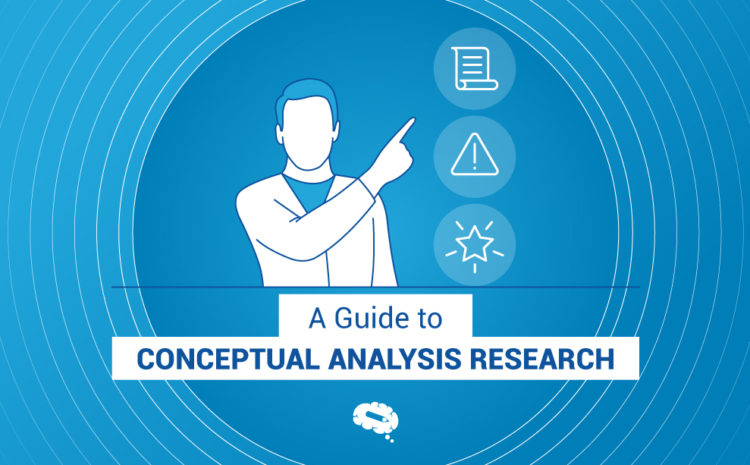There is a lot of data that comes from any research project, some of which are valuable and some of which are not. Finding something new, unexpected, or confusing in research can quickly become overwhelming.
You can sometimes get off track when you are under pressure to meet a deadline. Avoid worrying about those unintentional results once your current research is complete by excluding them from consideration.
In post-hoc analysis, you aren’t analyzing every random outcome of an experiment. It is important to look for patterns when you observe something that warrants a close look and further study to help you better understand the concept.
After a post-hoc analysis, further information can be gained and delve deeper into your subject base. Let’s take a closer look at post hoc analysis.
Post-hoc analysis: what is it?
In Latin, post hoc means “after this,” i.e. to analyze the experimental data afterwards.
The aim of a post-hoc analysis is to find patterns after the study has been completed, and to find results that weren’t the primary objective. Thus, all analyses conducted after an experiment was completed that were not preplanned are considered post-hoc analyses.
Data that has already been collected is used in a post-hoc study. Researchers analyze this data to develop new purposes, which were not in the experiment’s design. Post hoc studies can therefore be performed on aggregated data from previous trials.
The process of performing post-hoc analyses is often overburdened with time, but it offers a number of advantages. To uncover valuable information, use a reasonable amount of prudence and don’t overestimate unexpected results. This could be a sign of something significant, even if it’s a chance occurrence.
Post hoc analyses are useful when investigating error rates, assessing the significance of hypotheses, or determining whether they are statistically significant.
Conducting multiple trials or diverging from your main line of research increases the risk of errors and false positives. This is where post hoc plays a key role. How exactly does it work?
Post-hoc analysis: how does it work?
It is still possible to gain valuable insights from the data even if the primary goal is not achieved. Possibly the drug’s after effects and the data on them. Or any other similar drugs may also be worth testing.
The purpose of a post-hoc analysis is to answer questions after the study has been completed, an objective that has not been stated in the study.
In order to determine where the differences came from, a post hoc test is used after finding a statistically significant result. Post-hoc tests may be used to assess differences among multiple groups while avoiding experiment-wise errors. A several post hoc tests have been formulated, and the majority of them yield similar results.
There are different types of post hoc tests
The data collected during any research or clinical trial can be analyzed to detect patterns and different factors. The most common post hoc tests are:
- Bonferroni Procedure: It is possible to perform multiple statistical tests at the same time by using this post hoc multiple-comparison correction.
- Duncan’s new multiple range test (MRT): Duncan’s Multiple Range Test will identify the pairs of means (from at least three) that differ.
- Dunn’s Multiple Comparison Test: This is a post hoc analysis that is run after an ANOVA, a non-parametric test that does not assume your data follows a particular distribution.
- Fisher’s Least Significant Difference (LSD): Determines whether two means are statistically different.
- Holm-Bonferroni Procedure: Holm’s sequential Bonferroni test makes multiple comparisons less strict.
- Using Newman-Keuls, one can identify samples that have different means from one another. Newman-Keuls compares pairs of means using different critical values. As a result, significant differences are more likely to be found.
- Rodger’s Method: This statistical method is used to evaluate research data post hoc following a ‘multivariate’ analysis.
- Scheffé’s Method: In Scheffe’s method, the test statistic is adjusted differently depending on the number of comparisons that were made.
- Tukey’s Test: Tukey’s test determines if your sample consists of groups that differ from each other. Every mean is compared with the mean of all other groups using the “Honest Significant Difference,” which represents how far apart the groups are.
- Dunnett’s correction: This post hoc test compares means. In contrast to Tukey’s, it compares each means with a control mean.
- Benjamini-Hochberg (BH) procedure: A significant result will only occur by chance if you perform numerous tests. The false discovery rate is accounted for by this post hoc test.
Nothing can beat a flawless visual piece that delivers a complex message
Yes, that’s right, with the aid of visuals, it’s a lot easier to put the most difficult concepts into perspective. In the age of visuals, it’s no wonder that you can probably understand quantum physics in a much simpler manner due to graphics’ effectiveness.
Are you wondering how to get started? Why worry when you have mind the graph at your fingertips! With us, you can choose from more than a thousand illustrations in our gallery, and make posters using the smart poster maker that we have developed for you. Make the most of our talented team’s expertise and get it tailored to your needs. For more information, visit our website.

Subscribe to our newsletter
Exclusive high quality content about effective visual
communication in science.





